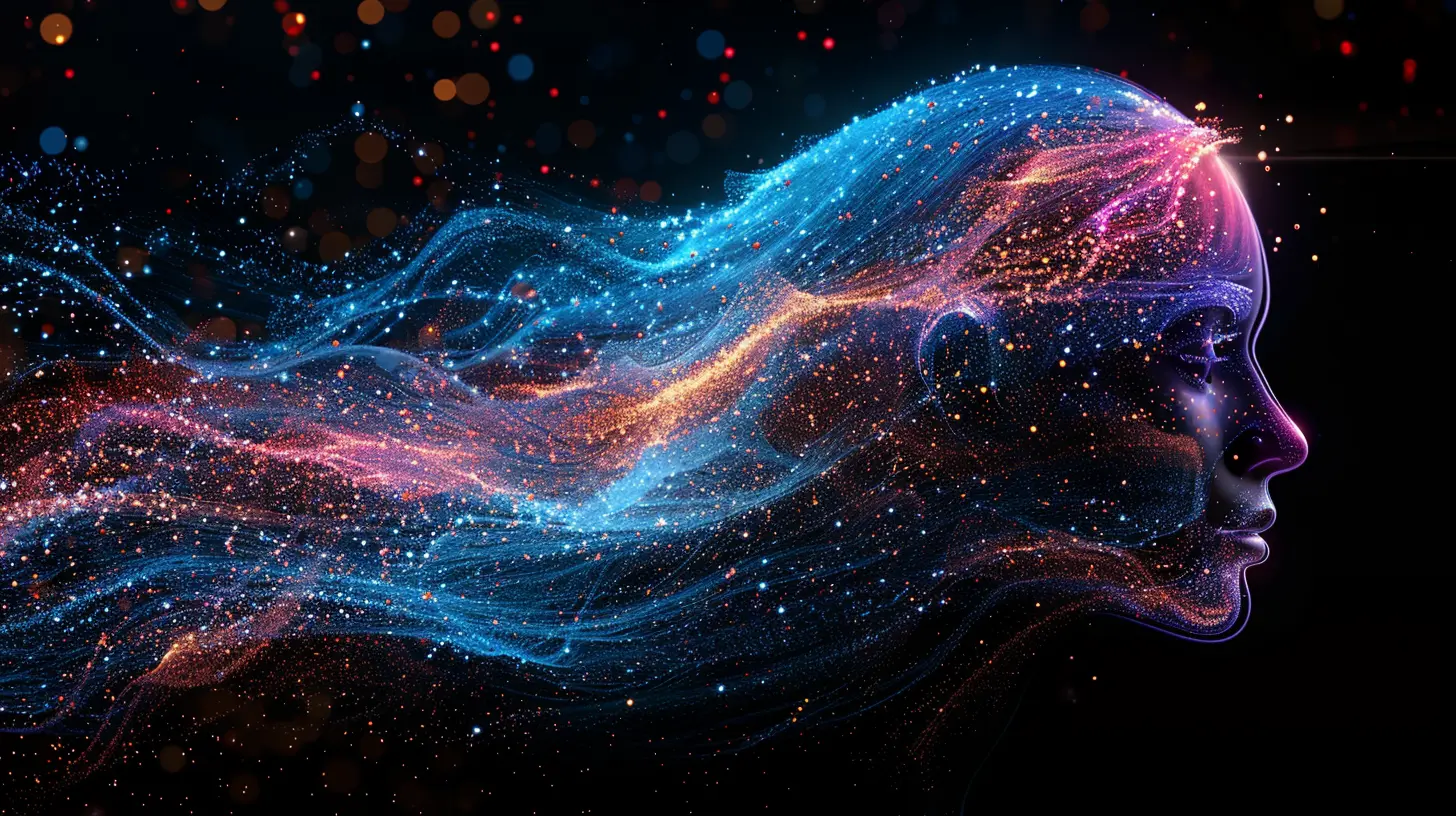15 April 2025
Have you ever been so immersed in an activity that time seemed to fly by? Maybe you were playing a sport, painting, writing, or even solving a complex problem. You felt focused, energized, and completely absorbed. If this sounds familiar, you’ve experienced what psychologists call flow. But what exactly is flow, and how does cognitive psychology explain this almost magical state of mind? Let’s dive into the science behind it and explore how cognitive processes help create that “in the zone” feeling.

What is Flow?
Flow is a mental state where you become fully engaged and absorbed in an activity. Time feels like it’s either speeding up or slowing down, distractions fade away, and your sense of self may even disappear for a while. Psychologist Mihály Csíkszentmihályi first coined the term in the 1970s. He described flow as a state where people are so involved in an activity that nothing else seems to matter. It’s not just about being focused; it’s about being so focused that you lose track of everything else.Flow isn’t just reserved for artists or athletes. Anyone can experience it, from a programmer writing code to a student studying for an exam. The key is that the person is fully engaged in something challenging enough to keep them interested but not so difficult that they become frustrated.
Sounds amazing, right? But what’s happening in our brains when we experience flow? That’s where cognitive psychology comes in.

The Cognitive Foundations of Flow
Cognitive psychology is the branch of psychology that studies mental processes such as perception, memory, attention, and problem-solving. To understand flow, cognitive psychology looks at how these processes work together to create an ultra-focused mental state.Attention: The Gateway to Flow
Attention is like the spotlight of our consciousness. It controls what we focus on and what we filter out. When you’re in a state of flow, your attention becomes laser-focused on the task at hand. This intense focus is crucial because it helps block out distractions, whether they’re external (like noise) or internal (like worries).But how does this happen? Cognitive psychologists suggest that flow occurs when we enter a state of selective attention. In this state, our brain filters out irrelevant stimuli and tunes into the task in front of us. It’s almost like tuning a radio to the perfect station—everything else becomes static.
This level of focus is why you might not notice time passing when you’re in flow. Your brain essentially "forgets" to pay attention to anything else, including the clock. That’s also why flow is often described as a timeless experience.
Challenge and Skill Balance: The Flow Sweet Spot
Another key aspect of flow is the balance between challenge and skill. If a task is too easy, you’ll get bored and your mind will start to wander. If it’s too hard, you’ll feel anxious or frustrated, and flow will be impossible to achieve.Cognitive psychology explains this using the concept of optimal cognitive load. Cognitive load refers to the amount of mental effort required to complete a task. Flow happens when the cognitive load is just right—not too heavy and not too light. This is sometimes called the flow channel.
Imagine you’re playing tennis. If you’re playing against someone way below your skill level, you’ll get bored and start thinking about what’s for dinner. If you’re playing against Serena Williams, you’ll probably be too overwhelmed to focus. But if you’re playing against someone who’s just a little better than you, you’ll be fully engaged in the game, pushing yourself just enough to stay focused and challenged.
Working Memory and Flow
Working memory is the part of your brain that holds information temporarily while you’re working on a task. It’s like your brain’s scratchpad. When you’re in flow, your working memory is highly efficient. You’re able to hold onto relevant information (like the next move in a chess game or the next step in a recipe) without getting bogged down by irrelevant details. This efficiency frees up mental resources, allowing you to stay focused and engaged.It’s worth noting that working memory has a limited capacity. Think of it like juggling: you can only keep so many balls in the air at once. When the demands of a task are perfectly matched to your working memory capacity, you’re more likely to experience flow because you’re not overwhelmed by too much information nor under-stimulated by too little.
The Role of Dopamine: The Brain’s Reward System
Flow feels good. Like, really good. And there’s a biological reason for that. When we’re in flow, our brain releases dopamine, a neurotransmitter that plays a key role in the brain’s reward system. Dopamine is what makes us feel pleasure and satisfaction. It’s the same chemical that gets released when we eat chocolate or listen to our favorite song.But dopamine does more than just make us feel good. It also enhances our ability to focus and process information. It’s like a motivational fuel that keeps us engaged in the task at hand. This is why flow can be such a rewarding experience—it’s literally your brain’s way of telling you, "Keep going, you’re doing great!"
Autotelic Experience: Enjoying the Process
One of the core features of flow is that it’s an autotelic experience. This means that the activity is rewarding in and of itself, not just because it leads to some external reward. In flow, you’re not thinking about what you’re going to get out of the activity (like money or praise); you’re simply enjoying the process.Cognitive psychology explains this in terms of intrinsic motivation. When we’re intrinsically motivated, we engage in activities because they are inherently enjoyable or satisfying, not because of external rewards. Flow taps into this intrinsic motivation by making the task itself the reward. You’re not thinking about the finish line—you’re fully absorbed in the journey.

How Can You Achieve Flow?
Now that we understand the cognitive processes behind flow, you’re probably wondering how to achieve it. Luckily, cognitive psychology offers some practical tips for getting into the flow state more often.1. Find the Right Challenge
Remember the balance between challenge and skill? To achieve flow, you need to find tasks that push you just beyond your current skill level. Whether it’s learning a new piece of music or tackling a difficult work project, the challenge should be engaging but not overwhelming.2. Minimize Distractions
Flow requires intense focus, so it’s important to minimize distractions. This means turning off your phone, closing unnecessary browser tabs, and creating an environment where you can concentrate fully. The fewer distractions, the easier it is for your brain to enter a state of selective attention.3. Set Clear Goals
Having clear goals helps guide your attention and gives you a sense of direction. Whether it’s completing a chapter of your novel or hitting a specific milestone in a video game, setting clear, achievable goals makes it easier to stay focused and engaged.4. Practice Mindfulness
Mindfulness is the practice of being fully present and aware of the moment. By practicing mindfulness, you can train your brain to focus more effectively, making it easier to achieve flow. Try incorporating mindfulness exercises like deep breathing or meditation into your routine to enhance your ability to concentrate.5. Stay Intrinsically Motivated
To achieve flow, it’s important to engage in activities that you genuinely enjoy. If you’re only doing something for external rewards (like money or recognition), it’s harder to get fully absorbed in the process. Instead, focus on finding joy in the activity itself.





Patience McClendon
Insightful explanation of flow through cognition!
April 18, 2025 at 2:34 AM